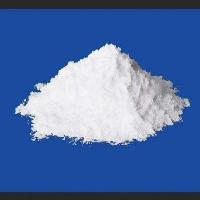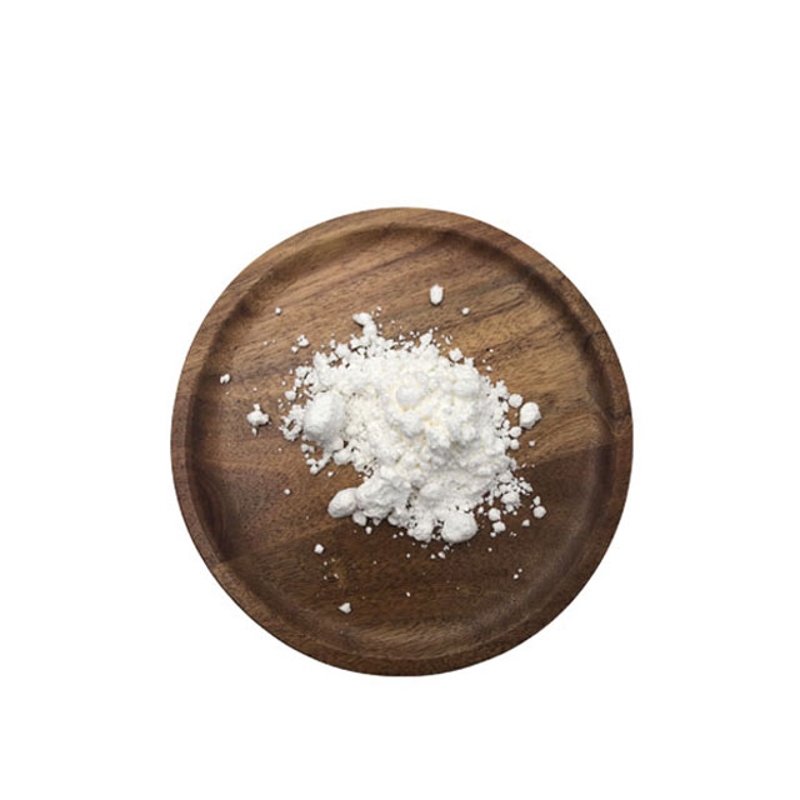-
Categories
-
Pharmaceutical Intermediates
-
Active Pharmaceutical Ingredients
-
Food Additives
- Industrial Coatings
- Agrochemicals
- Dyes and Pigments
- Surfactant
- Flavors and Fragrances
- Chemical Reagents
- Catalyst and Auxiliary
- Natural Products
- Inorganic Chemistry
-
Organic Chemistry
-
Biochemical Engineering
- Analytical Chemistry
-
Cosmetic Ingredient
- Water Treatment Chemical
-
Pharmaceutical Intermediates
Promotion
ECHEMI Mall
Wholesale
Weekly Price
Exhibition
News
-
Trade Service
Introduction: Proteome research is a science that studies the composition and activity of proteins in cells, tissues and even the whole life at the overall level, so as to obtain an overall and comprehensive understanding of disease occurrence, cell metabolism and other processes at the protein leve.
On August 8, "Cancer Cell" published a pan-cancer proteomic map of 949 human cancer cell lines in more than 40 cancer types through a study "Pan-cancer proteomic map of 949 human cell lines", and found that there are 8498 proteins have extensive post-transcriptional regulation phenomena, and drug response-related biomarkers were discovered based on deep learnin.
Doi: 11016/.
Research Background
01
Direct measurements of proteins can provide insights into the dynamic molecular behavior of cells and can deepen our understanding of genotype-phenotype relationships, however, the complexity and genomics of cancer cannot accurately predict the proteom.
Cell lines are important models for understanding cellular processes and oncogene drive signatures, however, proteomics of cancer cell lines is largely inaccessible due to the scope of cancer types or the number of sample.
research process
02
Proteomic testing of 949 cancer cell lines: To construct a pan-cancer proteomic map, the researchers analyzed data from 28 tissues and more than 40 different genetic and Histology of 949 human cancer cell lines for protein detection followed by quantification Collecting complete proteomic data, high correlations were observed between replicates for each cell line and cells were found to be enriched compared to other proteins Types of proteins have a higher correlation between the transcriptome and the proteom.
FigurePan-cancer proteomic profiles of 949 human cancer cell lines
Specific proteome changes in cancer cells: To explore which driving factors play an important role in tumor biological behavior, the researchers conducted multi-omics factor analysis and found that the classic markers of epithelial-mesenchymal transition (EMT) vimentin and E -Cadherin was significantly overexpressed in various cancers, and the score of EMT gene set enrichment analysis was also significantly upregulate.
FigurePost-transcriptional regulation in different cancer cell types
Cancer cell-specific markers: In order to further develop biomarkers that can predict drug response through proteomics, the researchers determined the sensitivity of 189 drugs by combining proteomics with detection of drug sensitivit.
FigureProtein Biomarkers
Significance
03
This study publishes a large pan-cancer proteome map that provides extensive protein-level cancer data beyond existing omics data - quantifying 949 human cancers representing 28 tissues and more than 40 histologically distinct cancer types 8,498 proteins and broad genotypes in cell line.
References:







